Uncategorized
-
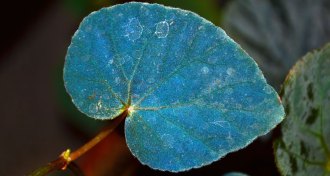 Life
LifeBlue leaves help begonias harvest energy in low light
The iridescent color of some begonias comes from tiny structures that also help the plant convert dim light into energy.
-
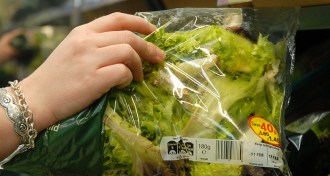 Microbes
MicrobesCut leaves in bagged salads help Salmonella grow
Juice from torn-up leafy greens helps Salmonella spread in bagged salads.
-
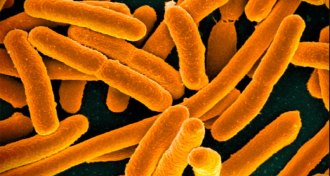 Life
LifeTiny toxic proteins help gut bacteria defeat rivals
A strain of E. coli makes competition-killing tiny proteins and soothes inflamed intestines.
-
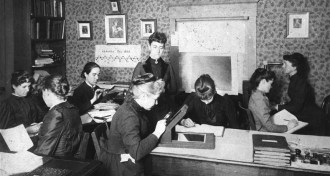 Science & Society
Science & Society‘The Glass Universe’ celebrates astronomy’s unsung heroines
In “The Glass Universe,” science writer Dava Sobel shines a light on the women at the Harvard Observatory who mapped the stars.
-
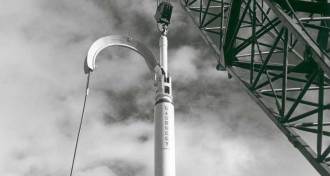 Earth
Earth50 years ago, nuclear blasting for gas boomed. Today it’s a bust.
50 years ago, scientists made plans to use nuclear explosions to extract natural gas from underground. In one such experiment, the gas was released but turned out to be radioactive.
-
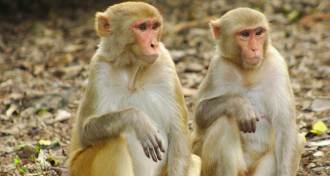 Health & Medicine
Health & MedicineLow social status leads to off-kilter immune system
Low social status tips immune system toward inflammation seen in chronic diseases, a monkey study shows.
-
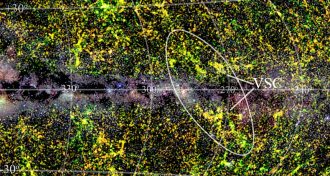 Astronomy
AstronomyGiant gathering of galaxies discovered hiding on far side of Milky Way
An uncharted supercluster of galaxies lurks about 800 million light-years away, partly hidden by the Milky Way.
-
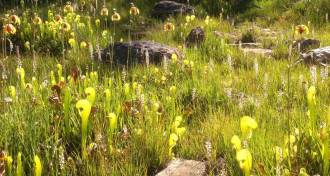 Plants
PlantsBacteria help carnivorous plants drown their prey
Pitcher plant drowning traps are more difficult for an insect to escape when bacteria colonize them.
By Susan Milius -
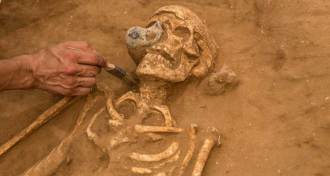 Archaeology
ArchaeologyAncient cemetery provides peek into Philistines’ lives, health
Burial site offers new look at Israelites’ mysterious enemies.
By Bruce Bower -
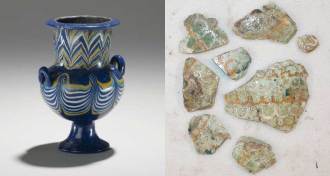 Archaeology
ArchaeologyGlassmaking may have begun in Egypt, not Mesopotamia
Ancient Mesopotamians lagged behind Egyptians as glassmakers.
By Bruce Bower -
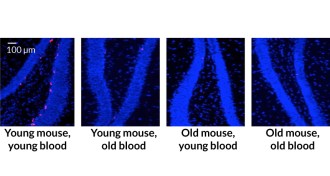 Health & Medicine
Health & MedicineOld blood carries risks for brain
Young blood may not save the brain, by one measure at least.
-
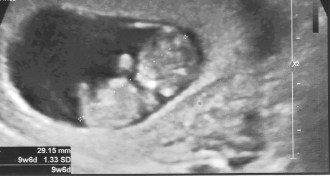 Health & Medicine
Health & MedicineA Pap smear can scoop up fetal cells for genome testing
Pap smear during pregnancy could offer an early way to test for fetal genetic disorders.
By Meghan Rosen